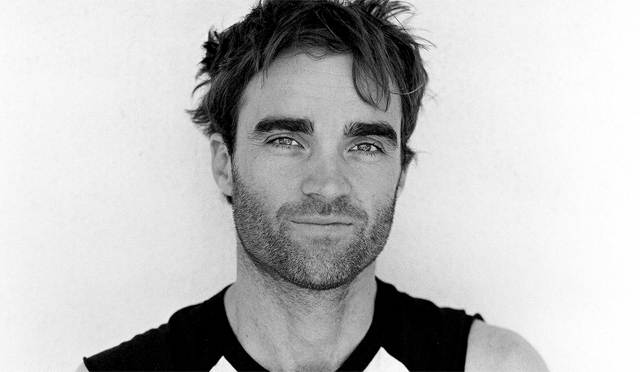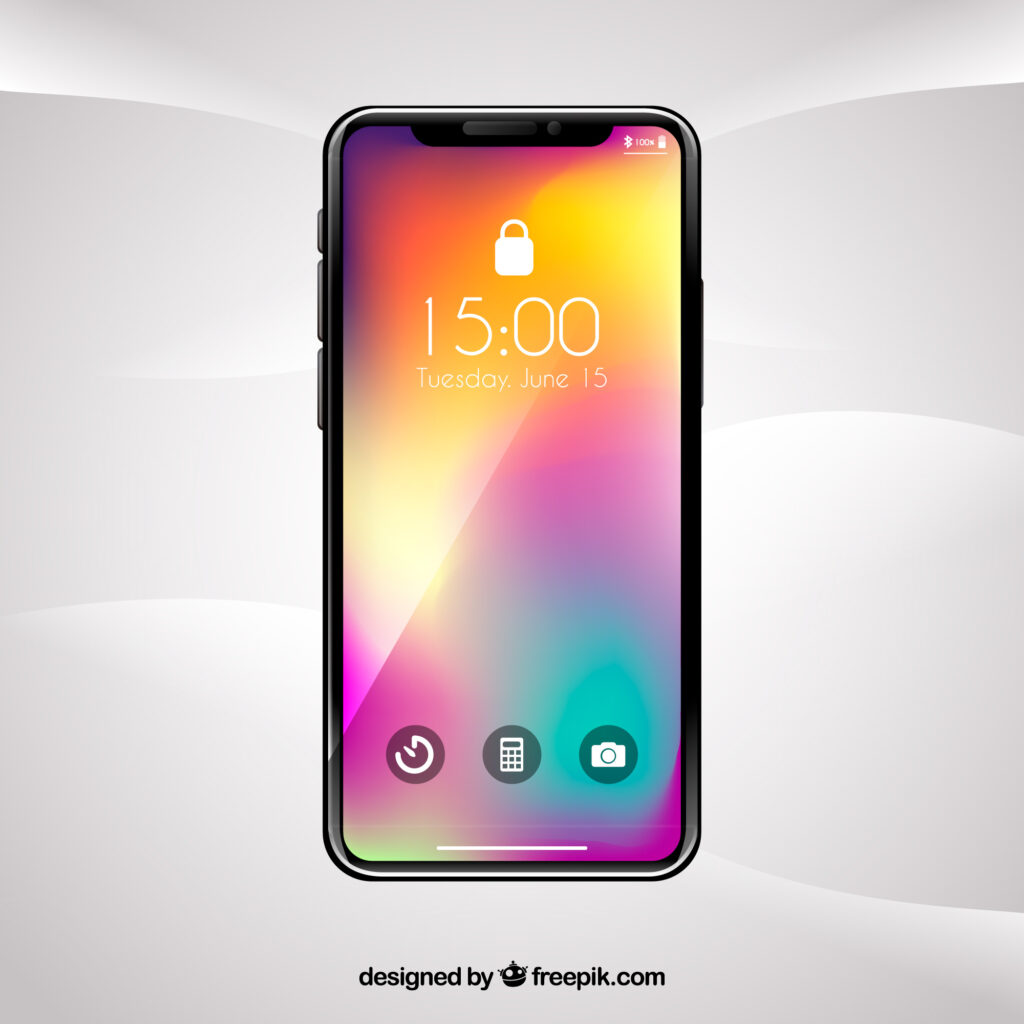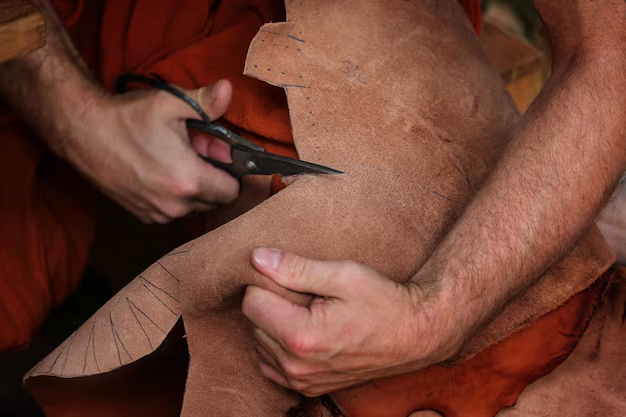George Byrne is a contemporary photographer and visual artist whose work blends everyday scenes with dreamlike abstraction. Over the years, he has become known for transforming ordinary urban textures, landscapes, and surfaces into images that feel part painting, part memory. When people search for George Byrne, they often want to understand not just who he is, but what makes his art stand out in today’s world of photography. This article offers a clear and accessible guide to his life, style, major works, and ongoing influence.
Who George Byrne Is and Why His Work Matters?
George Byrne was born in Sydney, Australia, in 1976 and studied at the Sydney College of the Arts, graduating in 2001. After years of travel, he settled in Los Angeles around 2011. His photographic work aims to elevate everyday settings—walls, streets, buildings, light shadows—into compositions that feel poetic, evocative, and slightly unreal.
What draws attention to George Byrne is his ability to take familiar visuals and re-frame them so that they feel new and strange. His images often feel like memories or fragments of dreams. Byrne leans on color, geometry, layering, and subtle interventions to guide the viewer’s eye and imagination. Because he blurs the line between documentation and abstraction, his work sparks curiosity: where does photography end and art begin?
In a time when images flood our screens, Byrne’s work offers pause. It asks us to look more closely, to see the hidden beauty in the banal. That is why he is recognized today—and why his art is worth exploring.
Early Life and Creative Beginnings
George Byrne grew up in Sydney and displayed an interest in visual arts from a young age. His shift toward photography became stronger in his teenage years when he acquired a film camera and began exploring textures, forms, light, and the built environment. He was also influenced by established photographers in Australian galleries, especially those who approached urban landscapes with a minimalist sensibility.
At the Sydney College of the Arts, Byrne studied a mix of drawing, painting, and photography before specializing more in photographic practice. Early on, Byrne was not strictly committed to a single path. In interviews, he has talked about working odd jobs—construction, cafés, music—to support himself while pursuing his creative impulses. Over time, he stored and collected images from his travels, often unrevealed and unedited, until the moment arrived to refine them into cohesive artistic work.
That gradual build of experience, curiosity, and self-testing laid the groundwork for the more polished and conceptually ambitious artwork he produces today.
Artistic Style and Vision
At the core of George Byrne’s work is the idea that ordinary visual elements—walls, pavements, shadows, building facades—can carry emotional weight and meaning. He calls many of his final prints “dreamscapes.” Byrne often borrows aesthetic cues from modernist painting: clarity, strong geometry, clean lines, and a refined sense of color. He also draws inspiration from the New Topographics movement, which focuses on documenting altered landscapes, infrastructure, and human impact rather than “ideal” nature.
Byrne’s process tends to go in stages. First, he walks, drives, or moves through urban and natural settings, watching for moments when color, shadow, shape, or texture aligns in an interesting way. Then, in his studio, he layers and manipulates these raw photos—sometimes combining multiple scenes, removing or adding parts, shifting scale, or blending imagery to create a composition that feels cohesive yet slightly removed from reality. The result is a hybrid image, part record, part abstraction.
One striking quality in Byrne’s work is the way he “buries the seams”—that is, though many of his images are constructed, he works so carefully that the transitions feel smooth and subtle. Another hallmark is his use of vivid color and soft transitions, often eschewing heavy contrast. Many works feel luminous, quiet, and mysterious. These qualities give the viewer space to interpret and feel, rather than simply observe.
Major Works and Exhibitions
Over the years, George Byrne has mounted solo exhibitions across Australia, the United States, and internationally. Some of his notable solo shows include Post Truth at Olsen Gallery (Sydney), Exit Vision in New York, and INNERVISIONS in Sydney. In his “Synthetica” solo show, Byrne merged natural and man-made landscapes to question what is real and what is constructed.
His photo book Post Truth is another key project; it compiles many of his signature images of Los Angeles’ urban textures and saturated atmospheres. Beyond galleries, his photographs have entered permanent collections such as those of Soho House and public collections (for example, the New South Wales Parliament in Australia). Byrne also has taken on public-scale installations and commissions.
His exhibitions often travel. For example, an image taken in one place might later show up in a body of work referencing multiple cities. He frequently reuses source material, but in new configurations—connecting disparate fragments into a new visual narrative.
Awards and Achievements
George Byrne’s work has earned him recognition in the photography and art communities. He has won the International Minimalist Photography Awards. He also won the HEAD ON NSW Landscape Prize. Among his many nominations, he has been a finalist in the Head On photo awards several times.
Early in his career, he received a Lavazza traveling scholarship and was named Australian Young Photographer of the Year. His work is collected by institutions and private owners alike. He has been a guest lecturer at art schools, and his processes and works are studied in photography programs in Sydney and beyond.
While awards and formal recognition are not the only measure of impact, Byrne’s steady presence in exhibitions, collections, and publications demonstrates that his photography has achieved sustained critical and public interest.
Influence on Modern Photography and Art
George Byrne’s work sits at an intersection: between representation and abstraction, between documentary intent and dreamlike reinterpretation. In doing so, he challenges contemporary photographers and viewers to rethink what a photograph can do. His images suggest that even the most familiar urban surface still has unseen depth.
In a time when digital manipulation and AI tools are reshaping how images are made, Byrne reminds us that craftsmanship, vision, and subtlety still matter. His practice is less about flashy effects and more about quiet alchemy. He encourages others to notice the beauty in neglected corners, to allow time for revisiting scenes, and to trust intuition in how images are assembled.
Younger photographers often cite him as an influence—especially those drawn to exploring color, texture, and the line between realism and abstraction. His way of layering and reimagining space helps push boundaries in contemporary photography.
Because Byrne works globally—drawing from Australian, American, and other urban environments—his influence crosses borders. His images question geography, memory, perception. In doing so, he contributes to a broader shift in art and photography, emphasizing mood, mediation, and interpretative space over pure documentation.
Where to Experience His Work?
If you want to see George Byrne’s work in person or online, here are some places to check:
- Galleries: Olsen Gallery (Sydney) has represented Byrne and held his solo shows. The Show Gallery in Los Angeles has hosted his Synthetica exhibition.
- Public and Private Collections: Some of Byrne’s work lives in public collections like the NSW Parliament and in the art collections of Soho House.
- Online Platforms: His official website (georgebyrne.com) gives access to portfolios, biography, exhibition details, and occasionally prints for sale. He is also active on Instagram, where he shares works in progress, behind-the-scene glimpses, and updates about shows.
- Books / Monographs: His photo book Post Truth is distributed globally and offers a curated view of his work.
- Art Fairs / Exhibitions: When galleries exhibit Byrne’s work in fairs or group shows, those are good opportunities to see prints in person. Checking gallery announcements and art fair listings is a good strategy.
If you live in or visit cities like Sydney, Los Angeles, or New York, it’s worthwhile to keep an eye on gallery programs for upcoming Byrne shows. Many galleries also have mailing lists or social media alerts you can follow.
Conclusion
George Byrne is a photographer whose images push beyond mere documentation. Through patient observation, experimentation, and a refined aesthetic, he transforms everyday urban and natural scenes into visual experiences that feel both familiar and uncanny. His journey—from a curious teenager in Sydney to a well-regarded artist living in Los Angeles—shows how dedication, exploration, and intuition can shape a distinctive voice.
For those who enjoy photography with mood, depth, and subtle complexity, George Byrne offers a doorway into seeing the world differently: to find art in the quiet, overlooked spaces. His work continues to resonate because it invites us not just to look, but to feel and imagine.




